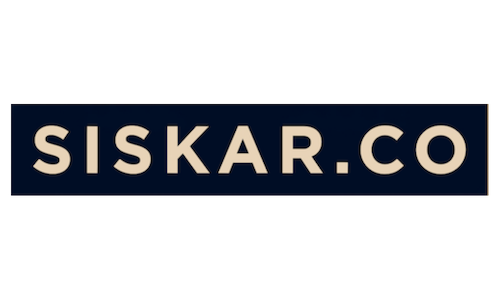Deepfake Technology
Over the weekend I saw one of the best Deepfakes of my life.
If you don’t know, the deepfake definition is when you combine and superimpose existing images and videos onto source images or videos using a machine learning technique known as generative adversarial network. The phrase "deepfake" was coined in 2017.
This is what I saw on Twitter on Friday and it blew my mind:
Know I have know about deepfakes for awhile, but to be honest they are not normally that great. Last year I watched as Jordan Peele put words in Barack Obama’s mouth. But on Friday, what I saw was not just someone’s lips and vocals being altered. It was one of the first times my eyes actually deceived me. Deepfake technology is progressing really fast and I was intrigued by that Twitter thread. So I started to find some more deepfake examples:
This obviously works well with Bill Hader as he is an expert impressionist. Here he is again, this time deepfaking as Arnold Schwarzenegger brought to you by Youtuber, Ctrl Shift Face:
Here is Jim Carrey deepfaking in The Shining:
And here is a young Sylvester Stallone deepfaking the role of Terminator:
2O21: A SPACEX ODYSSEY with Elon Musk is also another fun DeepFake of Stanley Kubricks masterpiece; 2001: A Space Odyssey. In this scene, Elon Musk gets in a fight with the infamous A.I. supercomputer, Hal.
There is a longer conversation to be had around the long term implications of this technology and how we ensure it is used responsibly.
You can find more of these deep fake example videos here. It actually turns out that the deepfake technology to do this has been open sourced on GitHub. So if you are interested in learning how to use deepfake AI yourself, you can view this deepfake github project and give it a shot.
